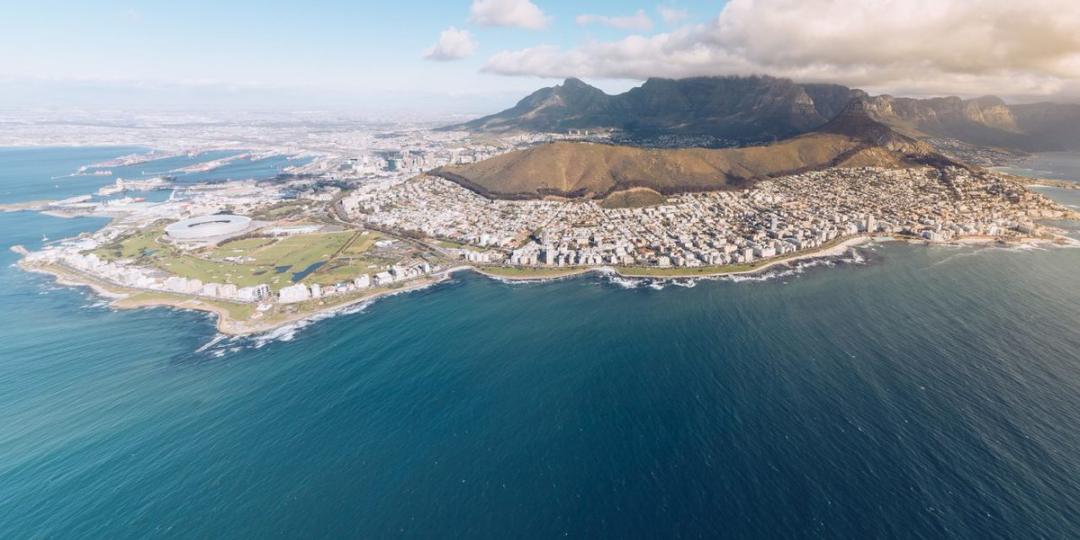Like any other business, tourist attractions need to have insurance cover in place, from standard asset covers to business interruption covers, to bespoke liability covers designed to for the specific nature of the business.
This is according to Andre du Toit, Executive Head of Business Development at SATIB Insurance Brokers. “The exposure one would face operating guided walks through an underground cave system are different to what visitors would face on a tour through SeaWorld, or on a cableway trip. These separate risks need to be individually understood and communicated to insurers who would then bind cover.”
Du Toit says it is vital that attractions engage with specialist brokers who understand their needs, and who have worked with insurers to design products to meet those needs. “Most of these activities are excluded by standard commercial broad form liability products, which introduce exclusions and limits that in effect make the cover null and void when it is really required.”
An added exposure for attractions is that of managing the risks associated with its product. “Incidents happen, but it is how you deal with them that is very important. We would rather receive a thank you letter than a lawyer’s letter,” du Toit said. “Again, it is vital to connect with specialists who deal with incidents on a daily basis, and who are capable of navigating the minefield of exposures to ensure the best outcome.”
Du Toit points out that beside emergency medical situations and personal injuries, missing people (especially children) is a risk that attractions have to face, along with assaults, robberies, hostage situations, terrorism, political unrest, active shooters, and similarly terrible events. “Staff cannot be expected to handle these emergencies, and they should be connecting with Incident Management Centres like SATIB24 Crisis Call, to transfer the management of these events to experts.”
Incident Management Centres would be able to provide remote telemedical or security related advise, while also activating the correct resources, managing rescue staff, planning evacuations if necessary, and consulting with media, management, crisis communications experts, and legal teams. “By doing this they would professionalise their service and limit their own liability during the management of any incident,” du Toit concluded.























